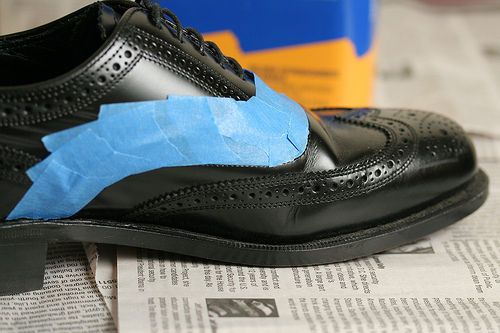The characteristics of the white LED gentle differ greatly, in comparison with a yellow CFL. Without the special tools, you can note that the Directed emits a definite white color, as the CFL generates yellow lighting. Going one stage further, utilizing a spectrometer, one can dissect the lighting sources and note that they are made up of additional colors within the noticeable lighting spectrum, such as for example blue rings in LEDs.
Spectrometer Mechanisms
Spectrometers are tools used to gauge properties of lighting with regards to the function inside (however, not limited by) the electromagnetic range. The fundamentals from the exercise, called spectroscopy, requires deep evaluation of specific gentle bands by wearing down the source of light. For example, fundamental lighting analysis equipment may split up lighting into red, glowing blue and green colours, possibly utilizing a prismatic function. Spectroscopy could get the same lighting and crack it into particular wavelengths and rings, symbolized by their particular numerical associations.
During assessment, the source of light is projected to the spectrometer. Since it undergoes the entry slit, the beam will be shown off a collimating reflection and undergoes a diffraction grating, where it really is split into different elements (i.e., shades, wavelengths or energies). The outcome is really a dissected picture of the source of light with particular wavelengths of lighting either dominantly existing or completely lacking. Researchers might take a photo from the picture for further evaluation.
You should consider that practice will not get all lighting from an item into account. Rather, it targets very particular wavelengths or colours. When analyzing particular sources of lighting, such as for example fluorescents, metallic halide lights and LEDs, a spectrometer may be used to probe for numerous components within the beam. For example, black lamps, which emit UVA rings between nm and nm, screen mostly violet plus some glowing blue wavelengths when seen by way of a spectrometer. This is practical because violet rings drop between nm and nm (inside the UVA spectrum variety), while glowing blue wavelengths generate rings around nm and nm.
Spectrometer-related Devices
In spectroscopy, there are always a couple of devices with comparable features but ultimately do various things. As described earlier, spectrometers particularly measure the resources emission. It could establish which rings are soaked up or shown. A spectroscope is really a tool that’s designed to gauge the spectral range of a source of light. While a spectrograph is really a device that filter systems an incoming source of light by its particular wavelength or rate of recurrence. It takes the outcomes and information the signal utilizing a camera or perhaps a multichannel detector.
In neuro-scientific spectrophotometry, the source of light is divided into different wavelengths via diffraction grating. The diffracting component will be manipulated, in order that just specific bands go through the leave slit. The diffused part of the lighting exiting the slit after that interacts with an example, where a detector actions the absorbance, representation and transmittance from the interaction.
Forms of Spectroscopy and Programs
Spectrometers are available in numerous sectors, which range from molecular biology and analytical chemistry to industrial production and area exploration. Though it will be common practice to utilize these devices on visible lighting, scientists could also make use of high-powered spectrometers to see non-visible wavelengths, such as for example infrared.
Below expounds in specific forms of spectroscopy practices and its own applications in a variety of technical areas:
Intake Spectroscopy: This exercise involves the usage of spectroscopic solutions to gauge and evaluate the intake of radiation predicated on lighting interaction with an example. The technique does apply to atomic absorption spectroscopy (AAS), during near analysis of chemical substance elements- also called analytical chemistry.
Infrared Spectroscopy: Infrared spectroscopy handles exposing examples to infrared wavelengths within the electromagnetic range, along with the real-time dimension of vibrations of inter atomic bonds at various frequencies. This spectroscopic technique incorporates foundational methods in neuro-scientific absorption spectroscopy; therefore additionally it is typically found in analytical chemistry. Additionally, it could be used to aid forensic evaluation during criminal situations (electronic.g., analyzing alcoholic beverages content within a blood example).
Ultraviolet (UV) Spectroscopy: This spectroscopy technique works by revealing an example to UV and near-UV wavelengths utilizing a UV source of light. Scientists gauge the absorbance price of the example in line with the level of enthusiasm that electrons screen during app. UV spectroscopy is mainly used to keep track of molecular chemical substance bonding.
Laser Spectroscopy: In line with the illustrations above, spectrometers can handle incorporating different lighting sources during examining. Laser spectroscopy will take this general exercise one step more through the use of lasers being a rays source. Common laser beam light sources consist of dietary fiber lasers, dye lasers and titanium-sapphire lasers which are with the capacity of emitting infrared and near-infrared rings between nm and 1, nm.
